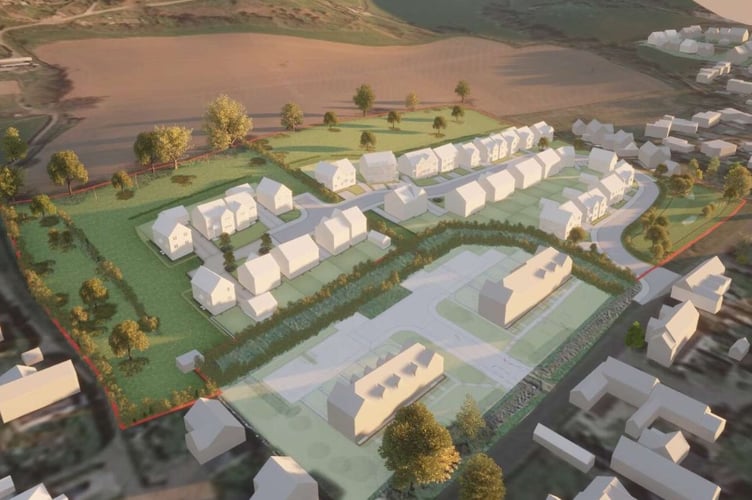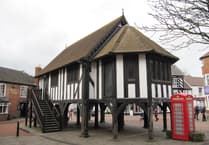A HOUSING scheme for 44 new village homes would damage the local rural setting, according to planning officers.
Seven Capital Plc applied to the Forest Council for outline permission to develop more than six acres of land off Church Road in Longhope, with councillors due to rule on it this week.
Road access to the site, seven miles from Ross, would be via a new priority junction from Church Road which would lead to a main spine road within the site.
The proposal included a 40 per cent affordable housing contribution, with a tenure split of 70 per cent affordable housing for social/affordable rent, 25 per cent first homes and 5 per cent shared ownership.
Nearly 40 villagers objected to the proposals along with Longhope Parish Council, who say the scheme is contrary to planning policies and lies outside the settlement boundary, while there are a lack of facilities in the village.
District officers raised nine different reasons to rejecte the scheme.
These include concerns that the new estate would constitute unsustainable development in the countryside, its scale and the topography would erode the open rural character of the area, and it would harm the setting of the Grade II-listed Dam Barn Cottage and Cruck House.
They also say it would cause considerable harm to the character and appearance of the conservation area, and failed to demonstrate that the site could be developed without causing an unacceptable impact upon the residential amenity of existing and future residents due to overlooking.
The developers say the site is well positioned, and does not comprise any statutory landscape or historic constraints.
They also pointed out that the council’s strategic housing and economic land availability assessment had found the land to be developable and suitable for inclusion.
The development was also informed by the landscape assessment, set back along Church Road, retained the existing hedgerow boundaries, maintained the open pastoral aspect of open space, and respected the line of development.
It would provide a mixture of public, private, and semi-public landscape spaces with pedestrian infrastructure, they added.




